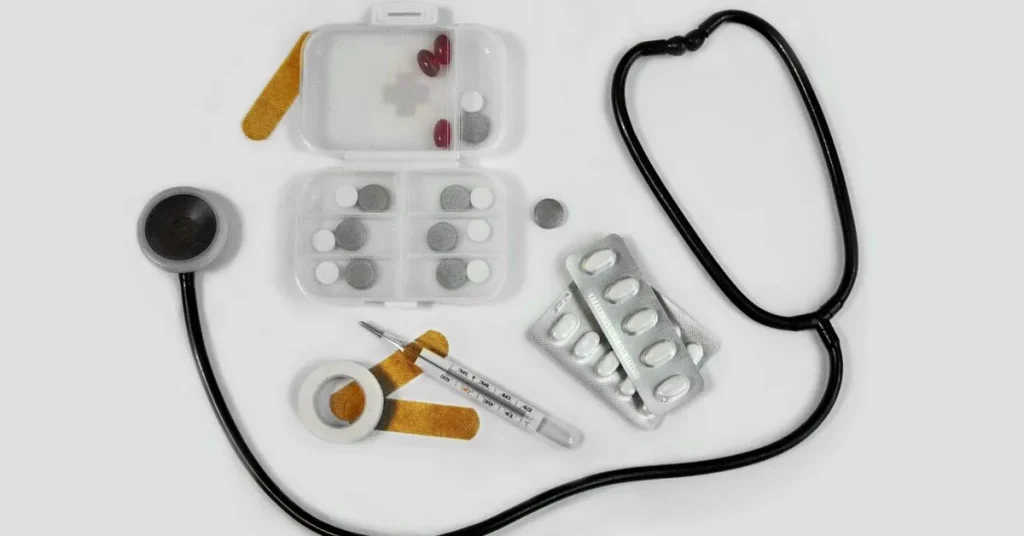Dogs need regular veterinarian check-ups just like humans do. A vet can catch minor problems with your dog before they turn into big ones. They can also give your dog essential shots and vaccinations to keep them healthy. Not all vets offer the same services, so it’s necessary to do your research before choosing one. Ask friends or family members to whom they take their dogs or look for reviews online. Before settling on a vet, you should call and get pricing quotes. Choosing a veterinarian is essential, so don’t rush into it!
For dogs and cats, it is advisable to have routine check-ups several times a year, in the spring and fall. Owners of domestic dogs often bring their pets for regular checkups combined with routine vaccinations.
Experience changes with dog aging:
As our bodies age, we experience changes in the visible qualities of coat and tooth condition. For example:
- coats become duller
- hair may fall out entirely or be replaced by layers that are less shiny than before;
- nails grow slower because they’re not being used for walking anymore but just hanging around doing their thing (Protecting you!)
- noses start drying up, so it gets crusty sometimes if they don’t get enough water which could make boogers happen more often
- pads under paws crack easily
- the lack of nutrition might cause the development of various periodontal disease
And it’s not only these; many changes become accurate with dog aging,
- Protein volume disorders. The body does not process even the best quality food in the right amount, which leads to a lack of nutrients. The pet loses weight, the muscles become flabby, and the skin gradually sags. Kidney stones and chronic renal failure can result from a blockage in one or more sections within your kidneys.
- Pathologies of the endocrine system. Problems in the work of the thyroid and pancreas lead to severe disorders, including diabetes mellitus.
- Inflammatory processes in reproductive organs. With age, female dogs that have not been spayed and not used for breeding develop degenerative and inflammatory processes in the reproductive organs. Endometriosis, pyometra, and tumor processes in the mammary glands might be diagnosed.

Preparing your dog for veterinarian check-ups
Future dog owners should remember several rules that will allow them to prepare for a routine Vet Check-up properly. First, care must be taken to ensure the animal is not stressed. For this purpose, it is essential to take care of proper transportation by selecting the right and comfortable carrier.
Before the physical examination, it is recommended not to give the dog food for 8 hours. It is better if a starvation diet is tolerated for 12 hours. Before each type of checkup, it is necessary to prepare properly. Thus, the animal before the ultrasound diagnosis of the pelvic organs, it is recommended to give plenty of fluids. This will allow you to fill the bladder and make the maximum diagnosis.
Preparation for the blood test involves keeping the dog on a raw diet, and 3-4 hours before the planned blood sampling, the is not allowed to give the dog to drink.
How canine checkups are handled
The veterinarian will take a list of manipulations to determine the presence or absence of disease, allowing for appropriate therapy if necessary. Body evaluation is also an essential part of preventive care; they must measure Weight measurements and Temperature/Rectal Thermometry, among other things like Age Completeness.
Routine Checkups include various tests that can help prevent future illnesses from developing into something more serious – all while providing peace of mind knowing everything else looks good too!
The following steps in veterinarian check-ups are:
Auscultation
Using a Stethoscope, a specialist listens to heart tones to determine possible problems in the cardiovascular system.
Palpation
Using his hands, the doctor palpates the surface of the abdomen, determining possible changes in the size of the liver, kidneys, and inflammation of the intestines or bladder. Parallel palpation of regional lymph nodes is performed for their soreness and changes in altitude.
Visual examination
Visual examination of the auricles, visible organs, mucous membranes of the oral cavity (double-check that it is done), and the fur condition.
During the clinical check-ups, the specialist determines the integrity of the tympanic membrane, noting inflammatory processes, changes in the conjunctival membrane conditions, and turbidity of the eyes. A timely examination of the oral cavity allows you to determine inflammation, tartar, or circulation problems, as evidenced by pale or blue mucous membranes.
Bacterial infections, inflammatory elements, and dull coats indicate serious problems.

Difficult to detect pathologies during veterinarian check-ups
Unlike humans, dogs cannot communicate with their owners about the discomfort or pain they are experiencing. This can make it difficult for veterinarians to detect pathologies in their early stages when treatment options may differ significantly from person-to-dog relationships.
Dogs rely heavily on human interaction and care; as such, an owner’s lack of concern could indicate something more severe than just being Askalonsious (lonely).
Pathological processes may be detected and treated early with scheduled exams. In most cases, pathologies can successfully undergo treatment in the early stages of development.
The most informative methods of veterinarian check-ups
Ultrasound diagnostics
The most informative methods for preventive examinations are ultrasound diagnostics, general and biochemical blood tests, and urine and fecal analysis. Ultrasound diagnostics allows visualizing possible pathological changes in the internal organs – inflammatory processes in the liver, pancreas, prostate, and bladder. Ultrasound diagnostics makes it possible to determine the development of malignant tumors at an early stage.
Blood panel
A general blood panel is necessary for the timely detection of chronic anemia, inflammation, and other diseases. Blood chemistry allows us to evaluate the functional features of the body, problems in metabolic processes, and hepatorenal and endocrine system disorders. Preventive diagnostics is essential because most pathologies cannot manifest themselves in the early stages.
Dog’s cancer case
When it comes to your pet, you want them around for as long and happy a life as possible. That’s why we recommend examining dogs from breeds that are prone to chronic diseases of the cardiovascular system or have had cancer before- examination more often than other types if they don’t show any obvious signs of health problems yet!
Conclusion
A key component to any successful medical practice is regular veterinarian check-ups – it’s your opportunity to ensure that everything remains healthy as possible! Scheduled Exams allow you time between appointments for proper evaluation, so we always recommend this type over emergency room visits or hospitalizations because there’ll never hurt worse than when our doctors find out what’s wrong at their next visit.

